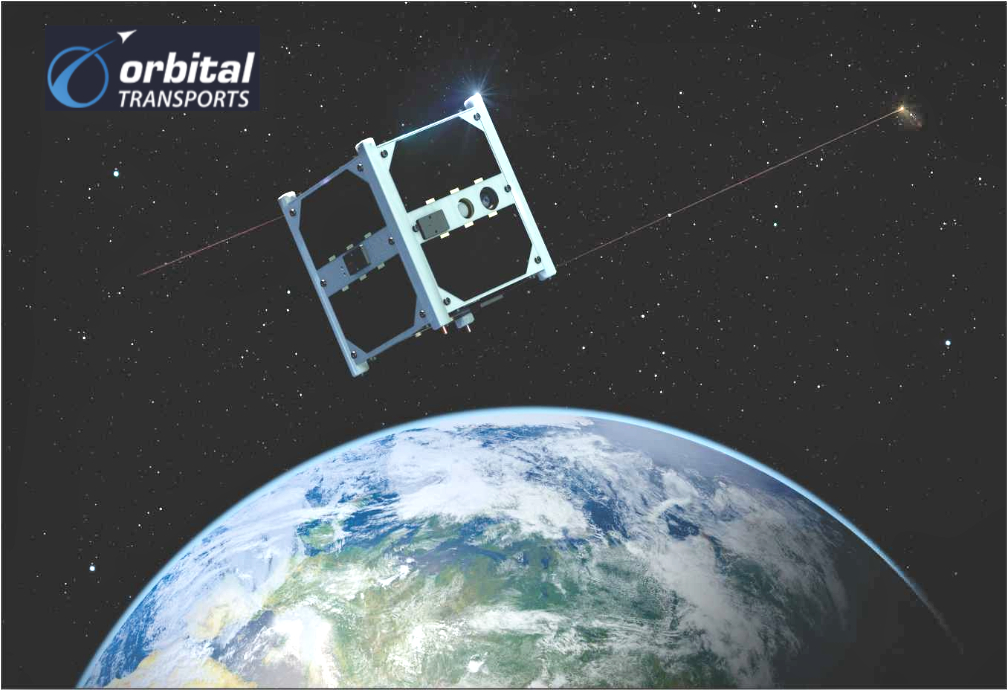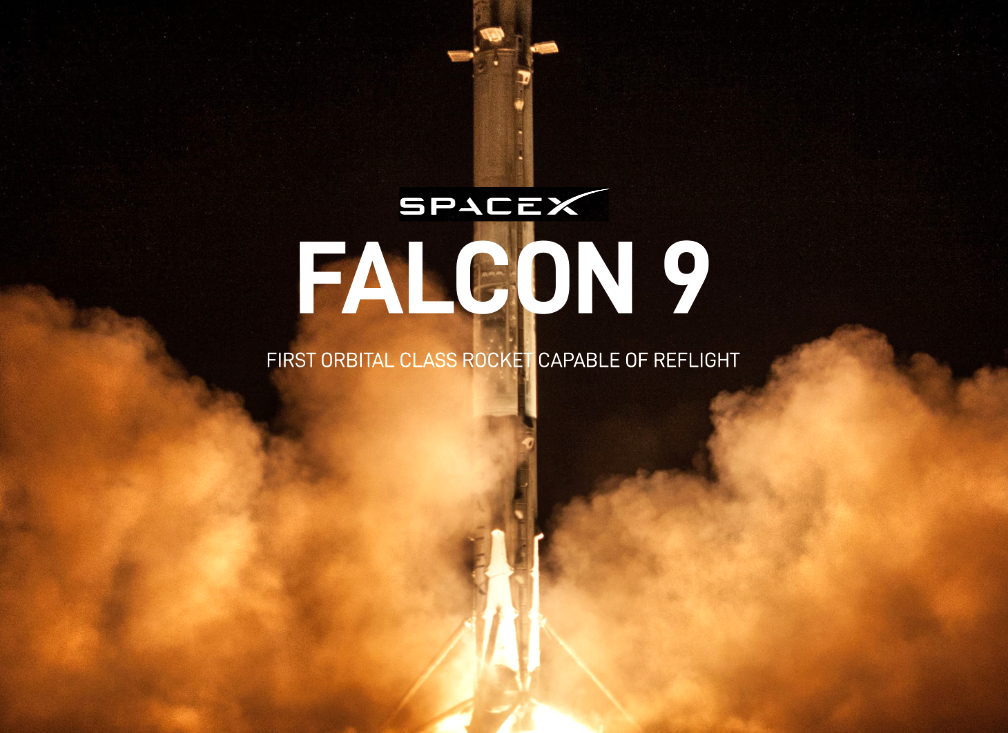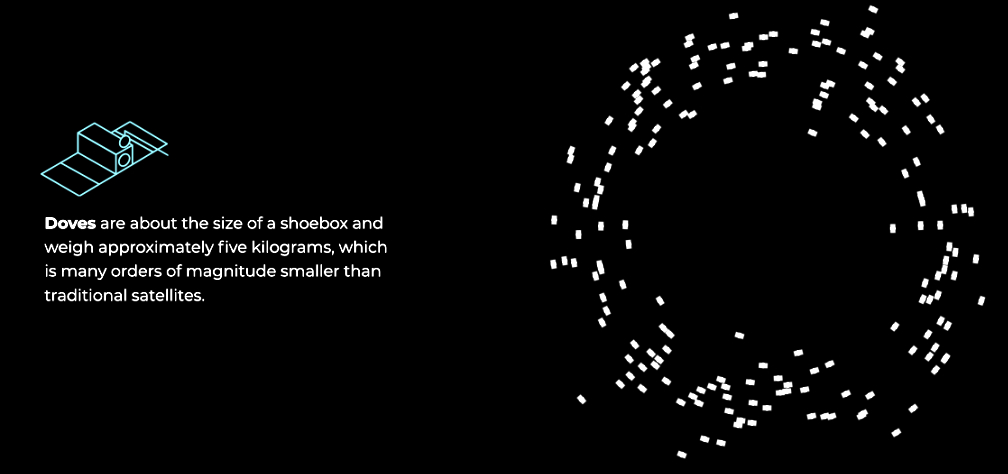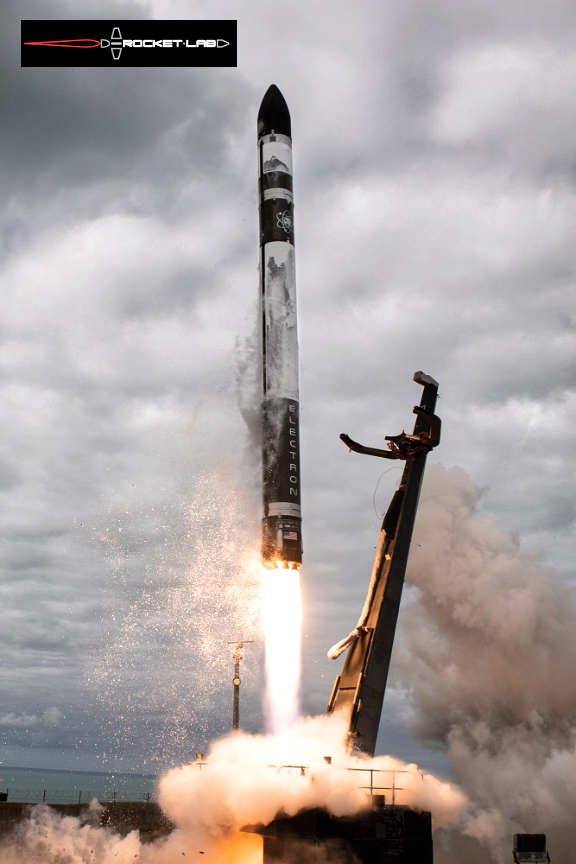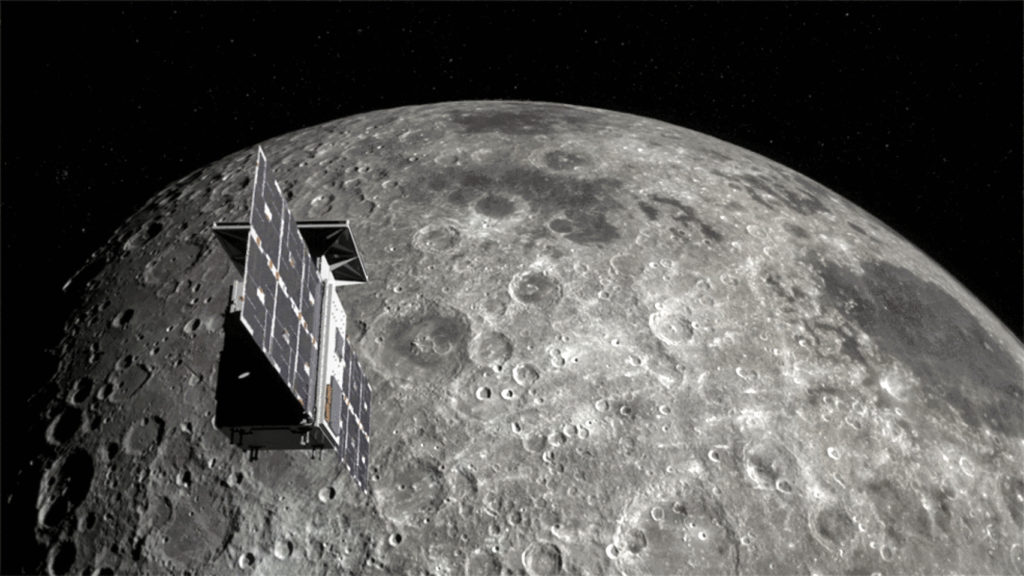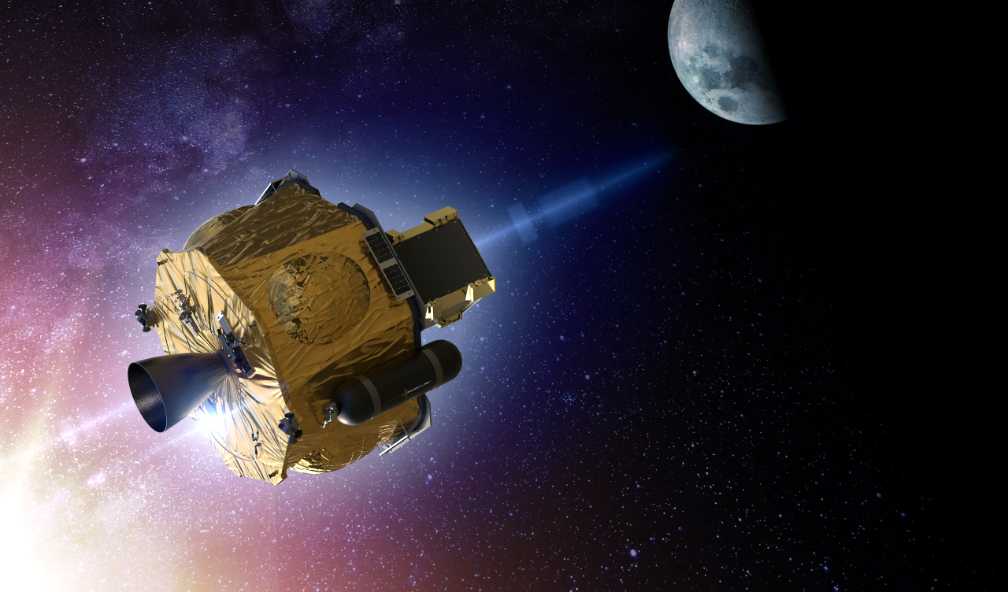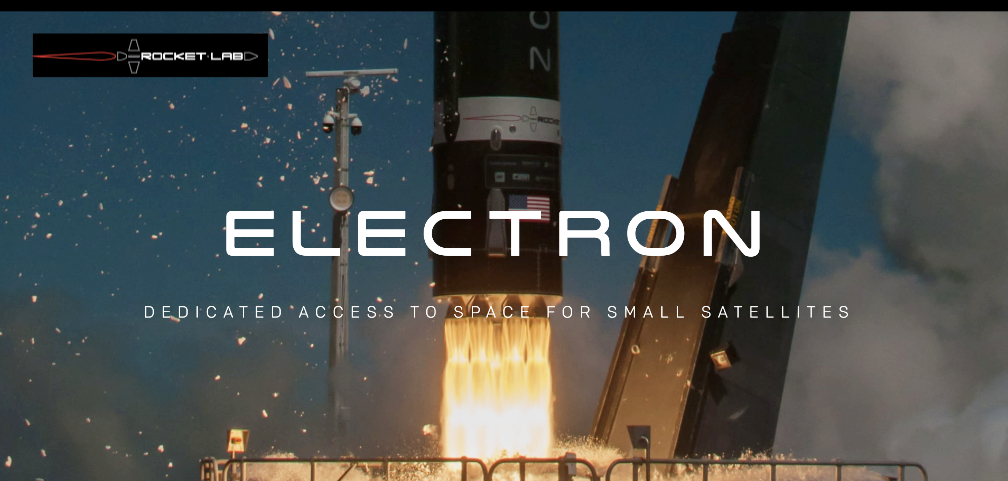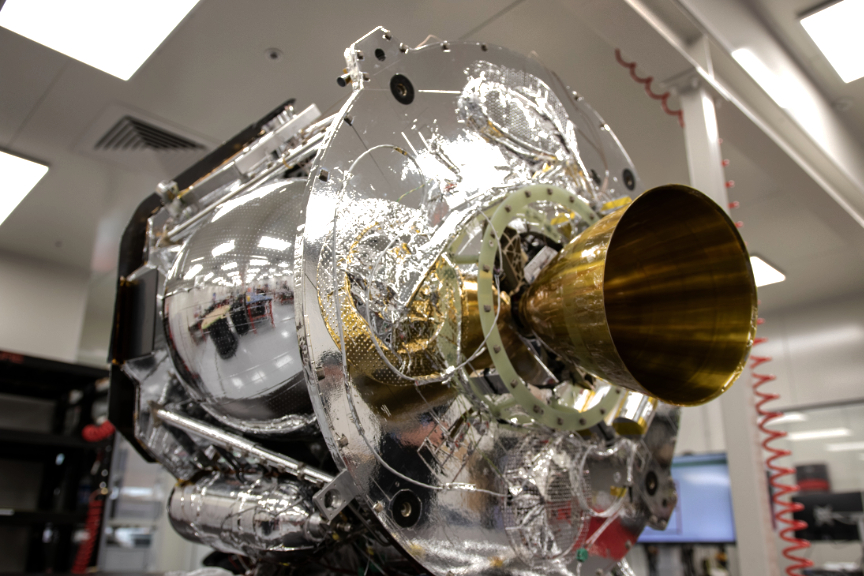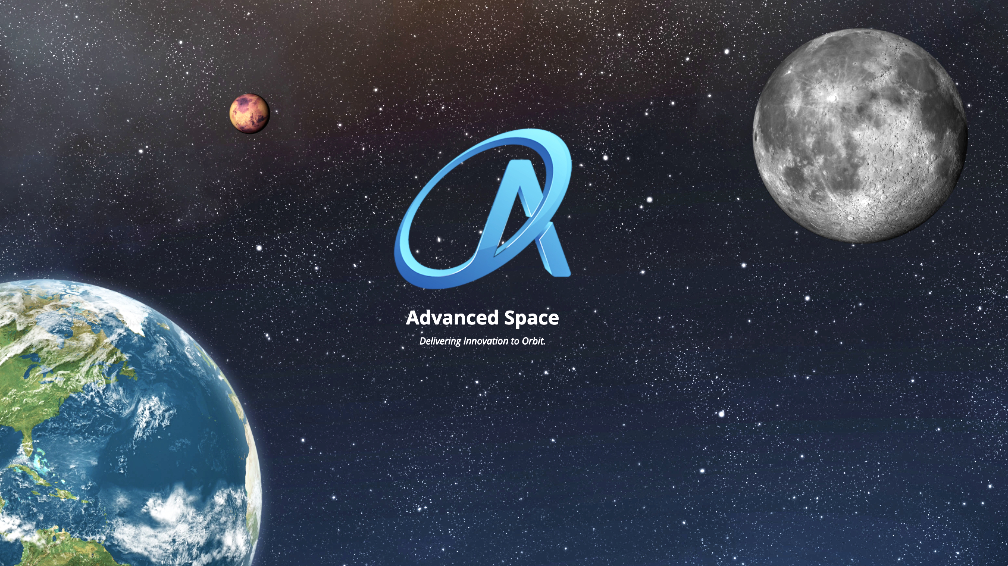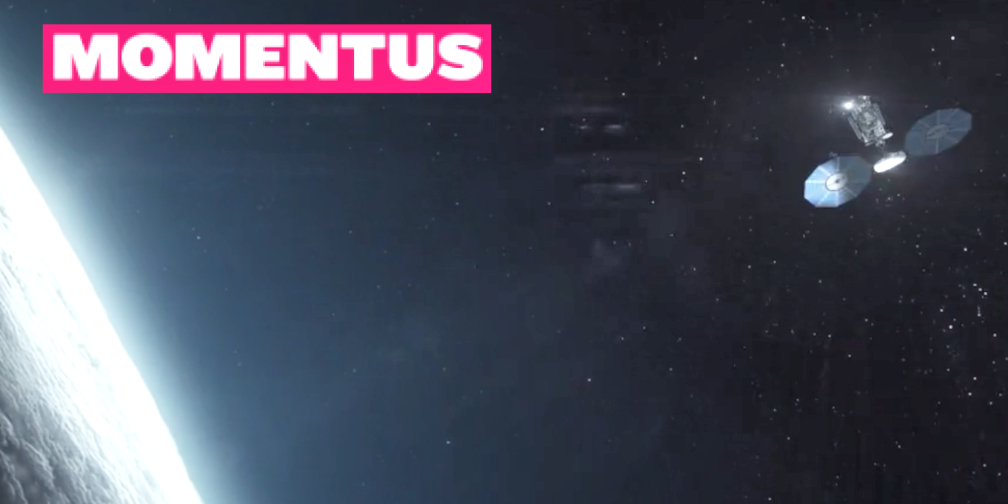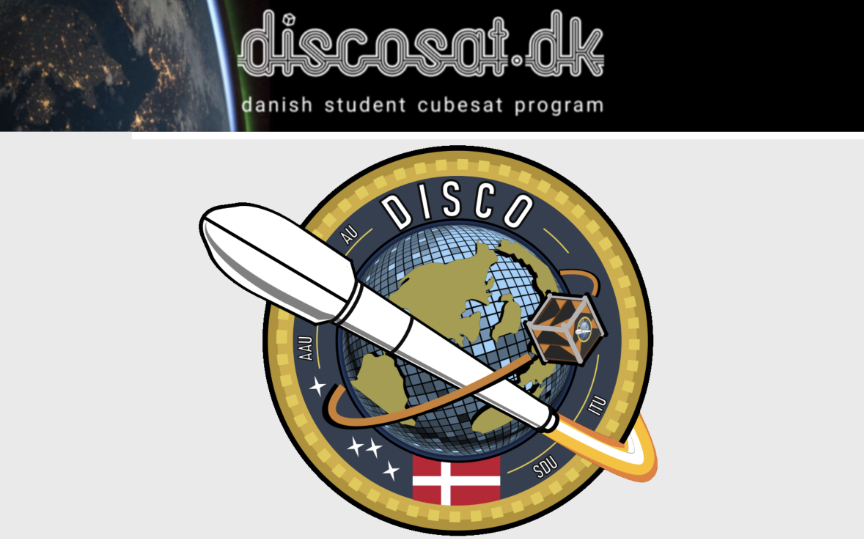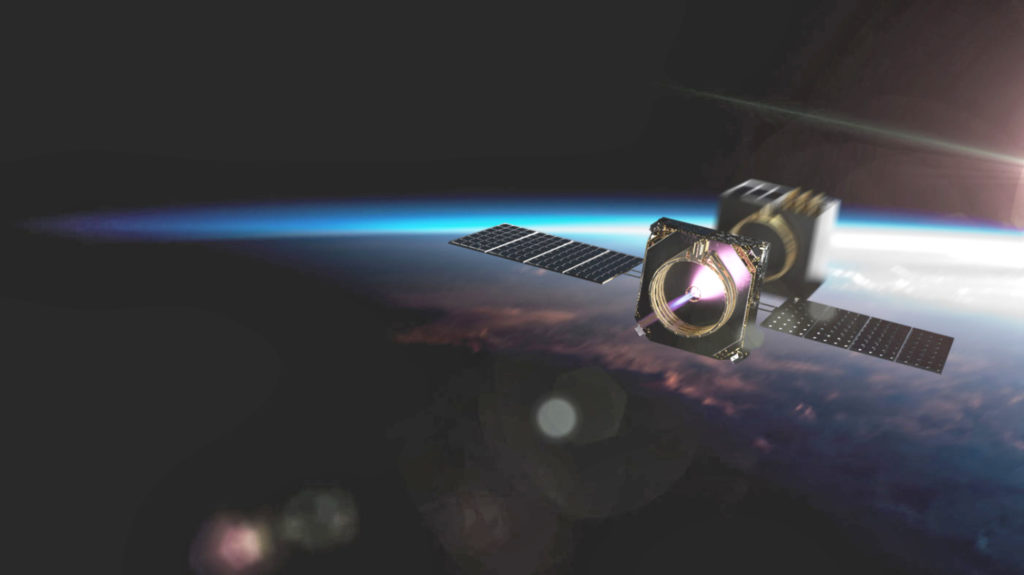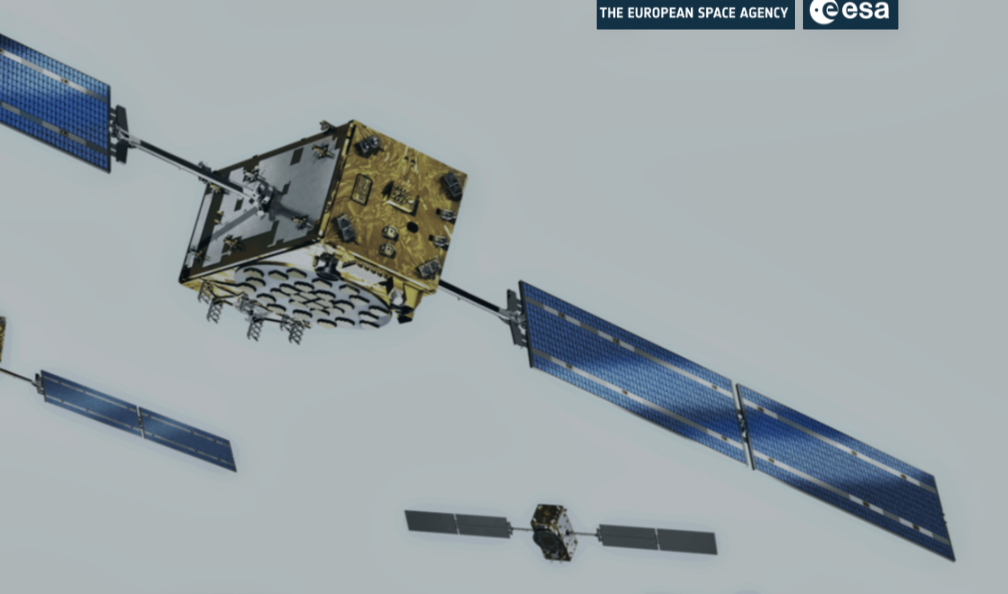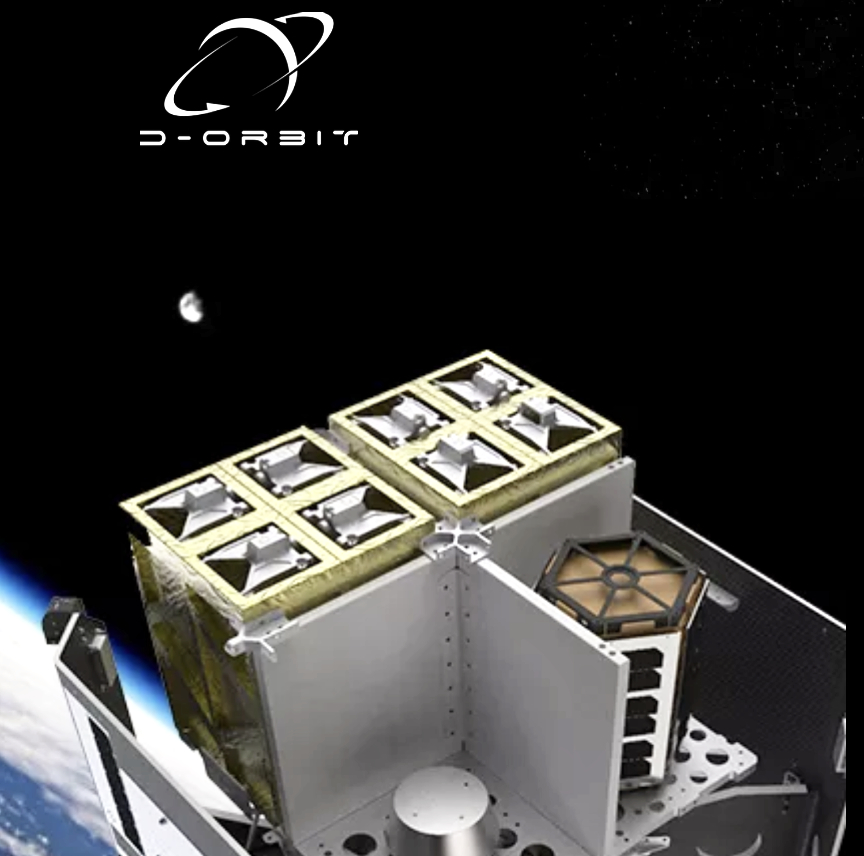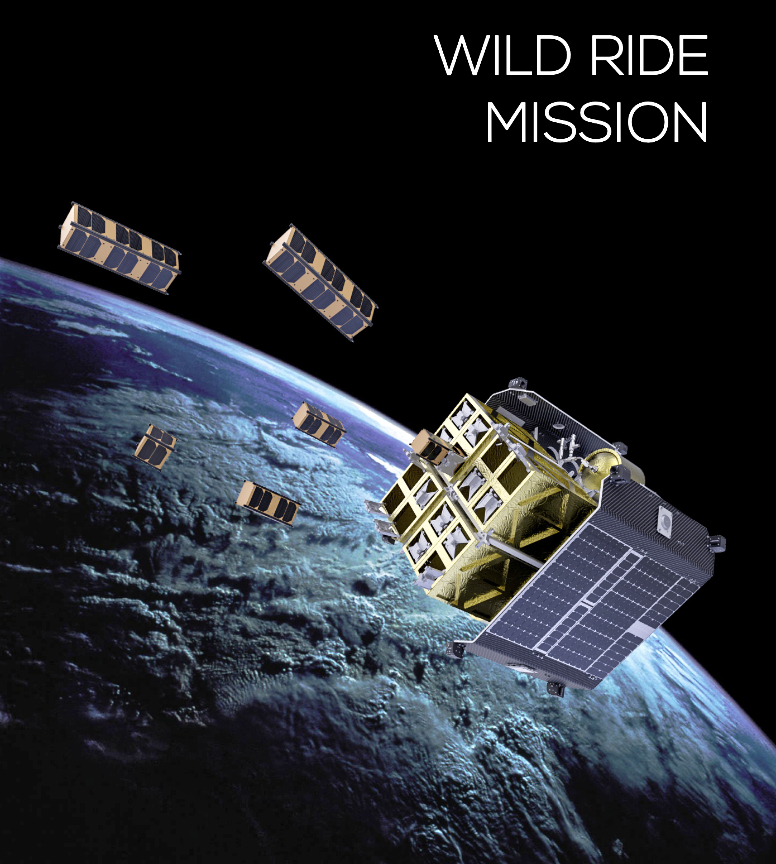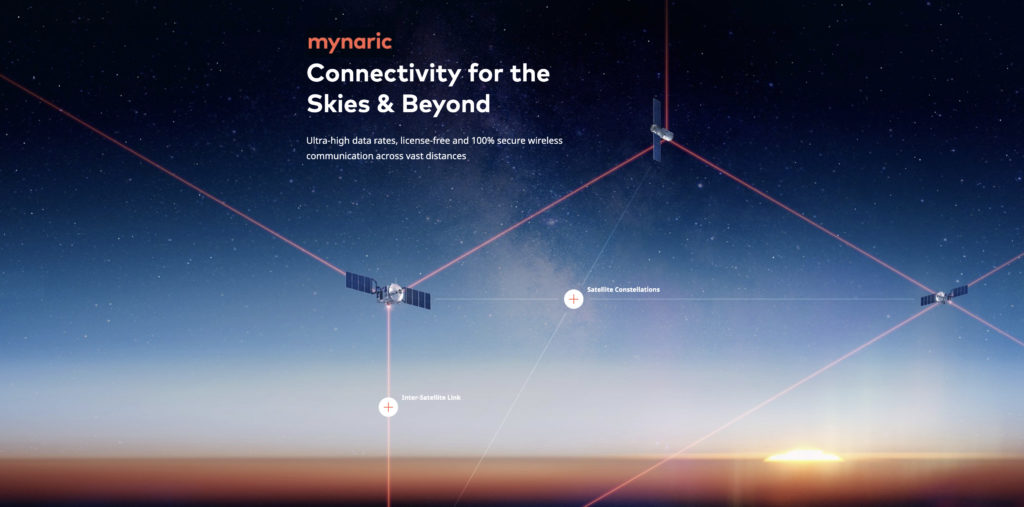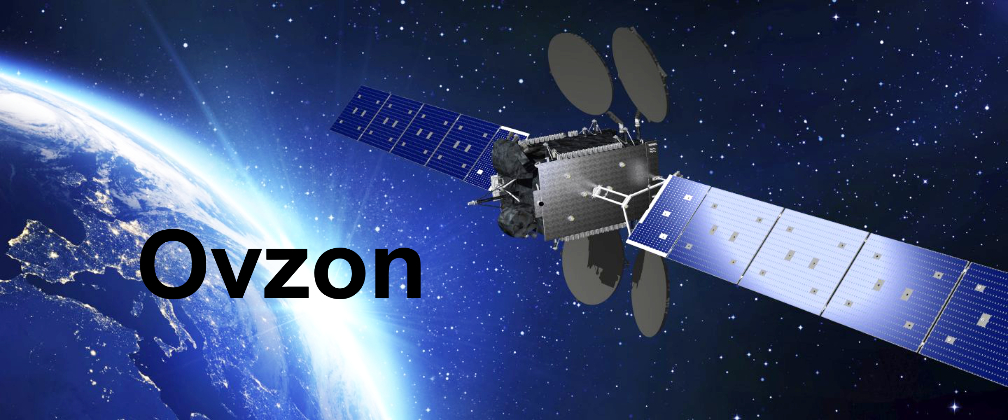
Ovzon, through its partner Intelsat General Communications (IGC), has received a new SATCOM-as-a-Service order from the U.S. Department of Defense (U.S. DoD) for expanded access to the Ovzon global satellite network.
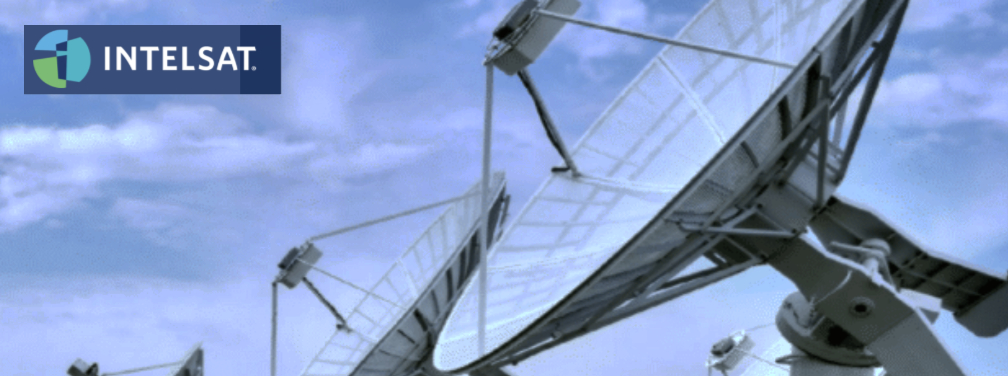
This one-year order represents the second major expansion of the U.S. DoD’s use of Ovzon’s high-performance solution in the last 60 days.
This order further expands the U.S. DoD’s ability to service and support critical operations around the world with the industry’s highest satellite throughput service to the smallest terminals. Ovzon’s complete, fully managed end-to-end SATCOM-as-a-Service provides government and commercial users with unmatched performance in terms of data throughput, mobility, security and resiliency.
As with Ovzon’s recent order from the U.S. DoD in June of this year, this new order will allow users to deploy their existing inventory of Ovzon’s advanced terminals in even more locations around the world. Ovzon terminals include both “On the Move” and “On the Pause” solutions, with the Ovzon T6 terminal being the latest addition to our advanced mobility product offerings: an ultra-small, simple-to-use, lightweight and rugged satellite terminal.
“This order solidifies the U.S. DoD’s continued confidence in Ovzon by a customer with very demanding requirements, and we remain 100% focused on meeting their expectations for performance, delivery and innovation. We are grateful and honored for the trust placed in us by the U.S. DoD and will continue to make every effort to deepen that trust,” said Per Norén, CEO of Ovzon.

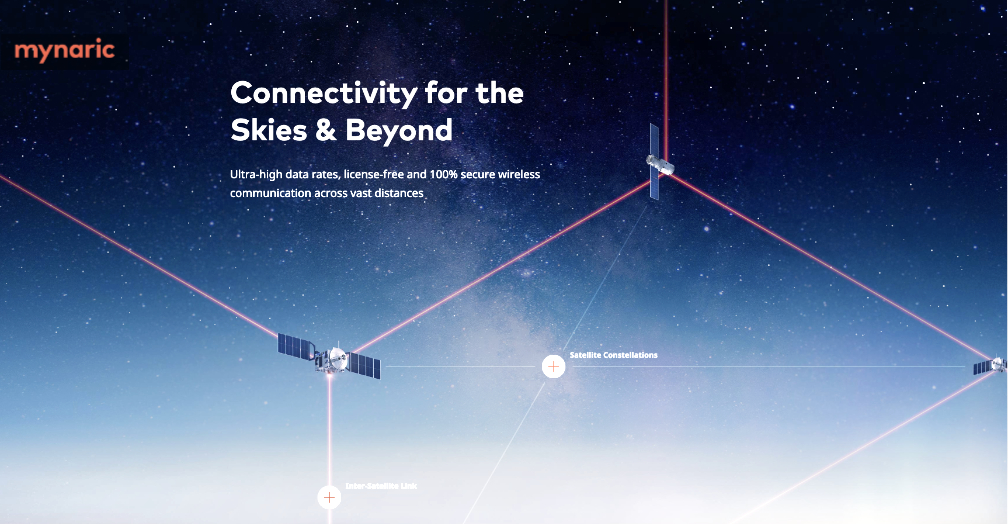

 data relay system provides global coverage to empower space system operators to maximize use of their assets. SpaceLink Corporation is headquartered in the Washington DC area and has offices in Silicon Valley, California and is a wholly owned subsidiary of Electro Optic Systems Holdings Limited, a public company traded on the Australian stock exchange.
data relay system provides global coverage to empower space system operators to maximize use of their assets. SpaceLink Corporation is headquartered in the Washington DC area and has offices in Silicon Valley, California and is a wholly owned subsidiary of Electro Optic Systems Holdings Limited, a public company traded on the Australian stock exchange.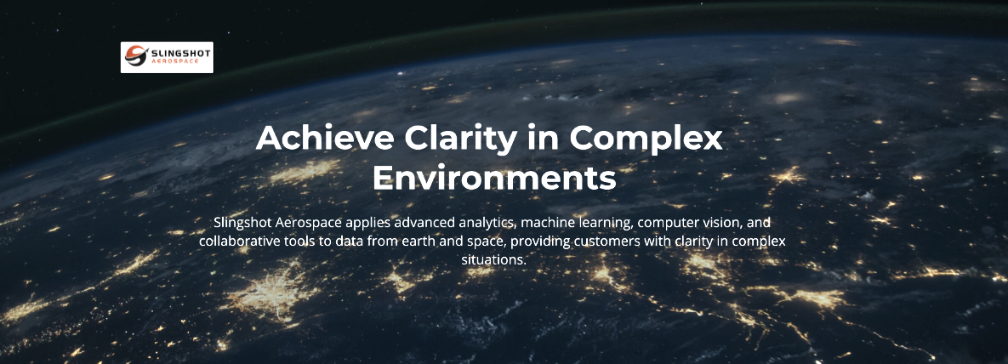
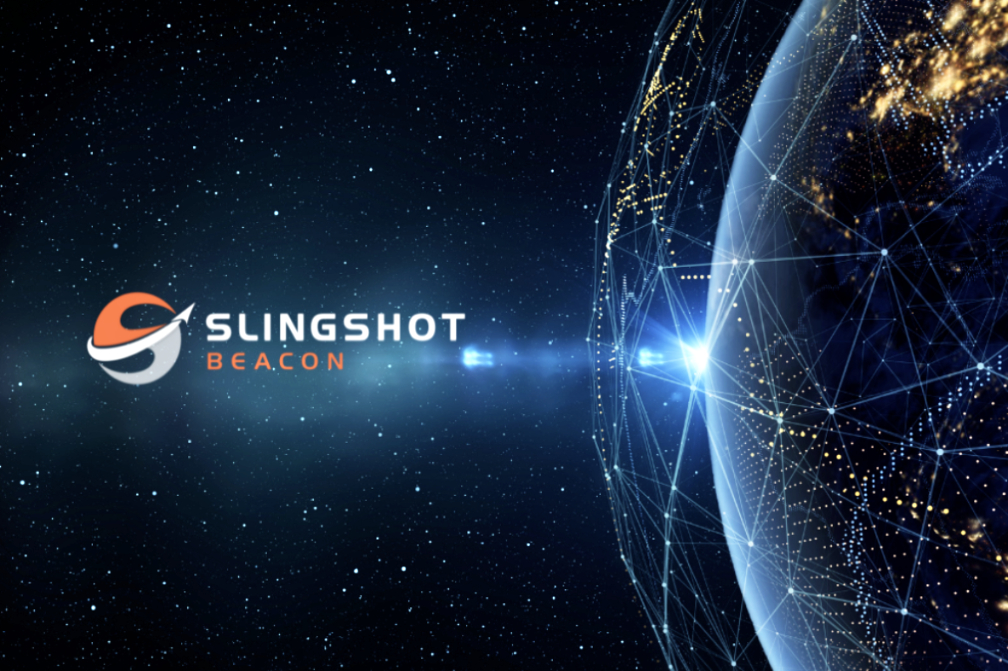
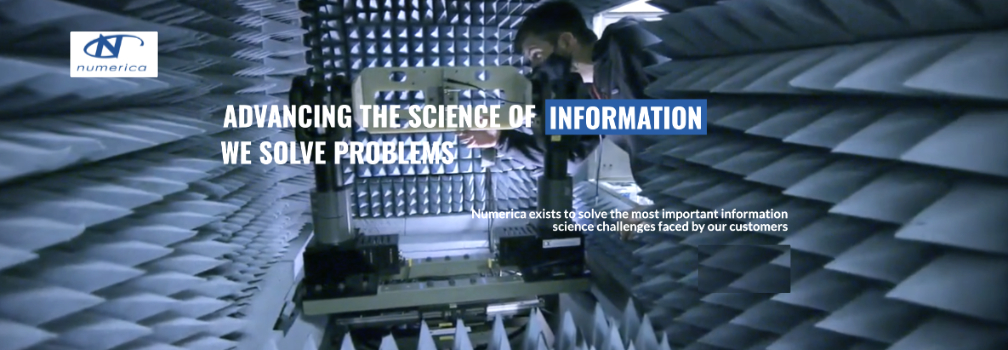
 company, is creating a bustling, in-space economy through on-orbit refueling. “We are designing the future of sustainability and mission flexibility for spacecraft, making docking and transferring fuel so reliable it gets boring,” said James Bultitude, Chief Engineer, Orbit Fab. “Public awareness is vital to ensuring that the difference between a safe, consensual rendezvous and a collision event is known and understood. Slingshot Beacon will streamline this communication, essential for successful maneuvers in the growing satellite servicing segment.”
company, is creating a bustling, in-space economy through on-orbit refueling. “We are designing the future of sustainability and mission flexibility for spacecraft, making docking and transferring fuel so reliable it gets boring,” said James Bultitude, Chief Engineer, Orbit Fab. “Public awareness is vital to ensuring that the difference between a safe, consensual rendezvous and a collision event is known and understood. Slingshot Beacon will streamline this communication, essential for successful maneuvers in the growing satellite servicing segment.”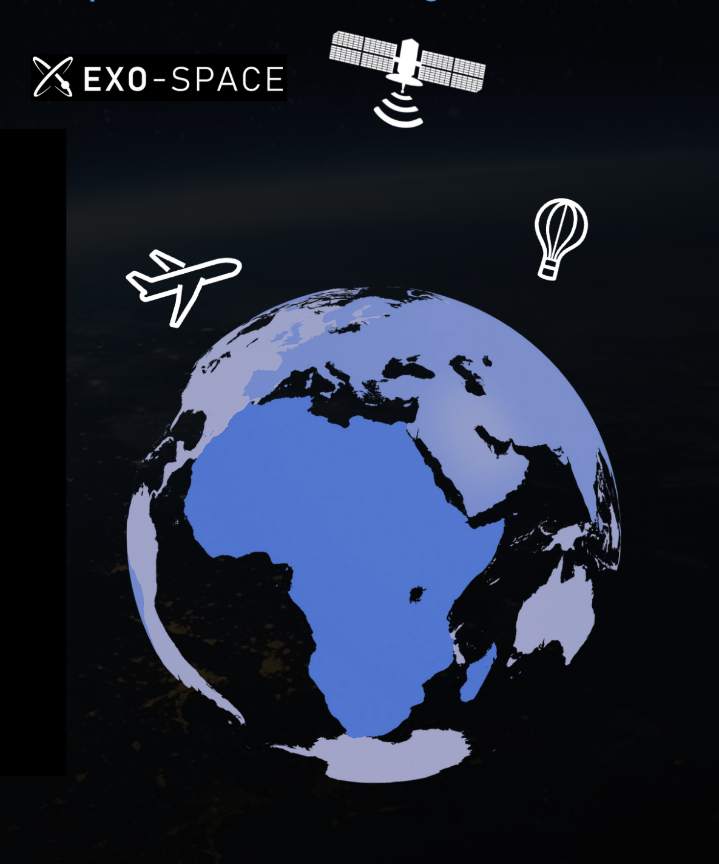
 rideshare mission in LEO.
rideshare mission in LEO. 